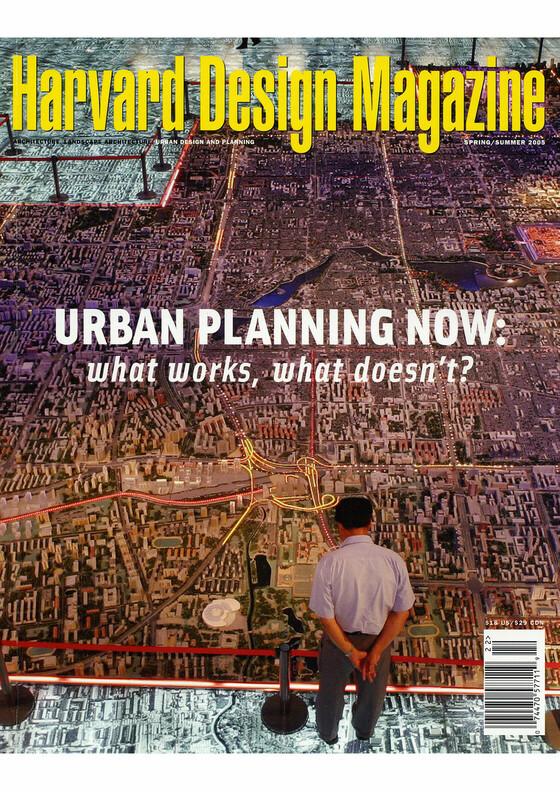Democracy Takes Command: New Community Planning and the Challenge to Urban Design
22: Urban Planning Now: What Works, What Doesn’t?
Out of stock

Urban planning in the United States has both been declared dead and been celebrated as newly alive because of the vigor of Smart Growth and New Urbanist thinking and deeds. So what is its actual condition? Thirteen exemplary planners and scholars of planning here address that question by looking at the planning most conspicuous in their fields of vision. The result is a highly nuanced and complex picture revealing a transitional state in which both top-down and bottom-up planning have strong roles, and in which high quality architecture is both supported and suppressed.
Anthony Suau
Leonie Sandercock
Peter Hall
David Luberoff
Lynn Becker
Reinhold Martin
Bent Flyvbjerg
Peter Calthorpe
Alex Krieger
Jerold S. Kayden
David Barron, Gerald E. Frug
Jonathan Barnett
Hubert Murray
Robert Yaro
Matthew J. Kiefer
Margaret Crawford
Susan Fainstein
Jerold S. Kayden